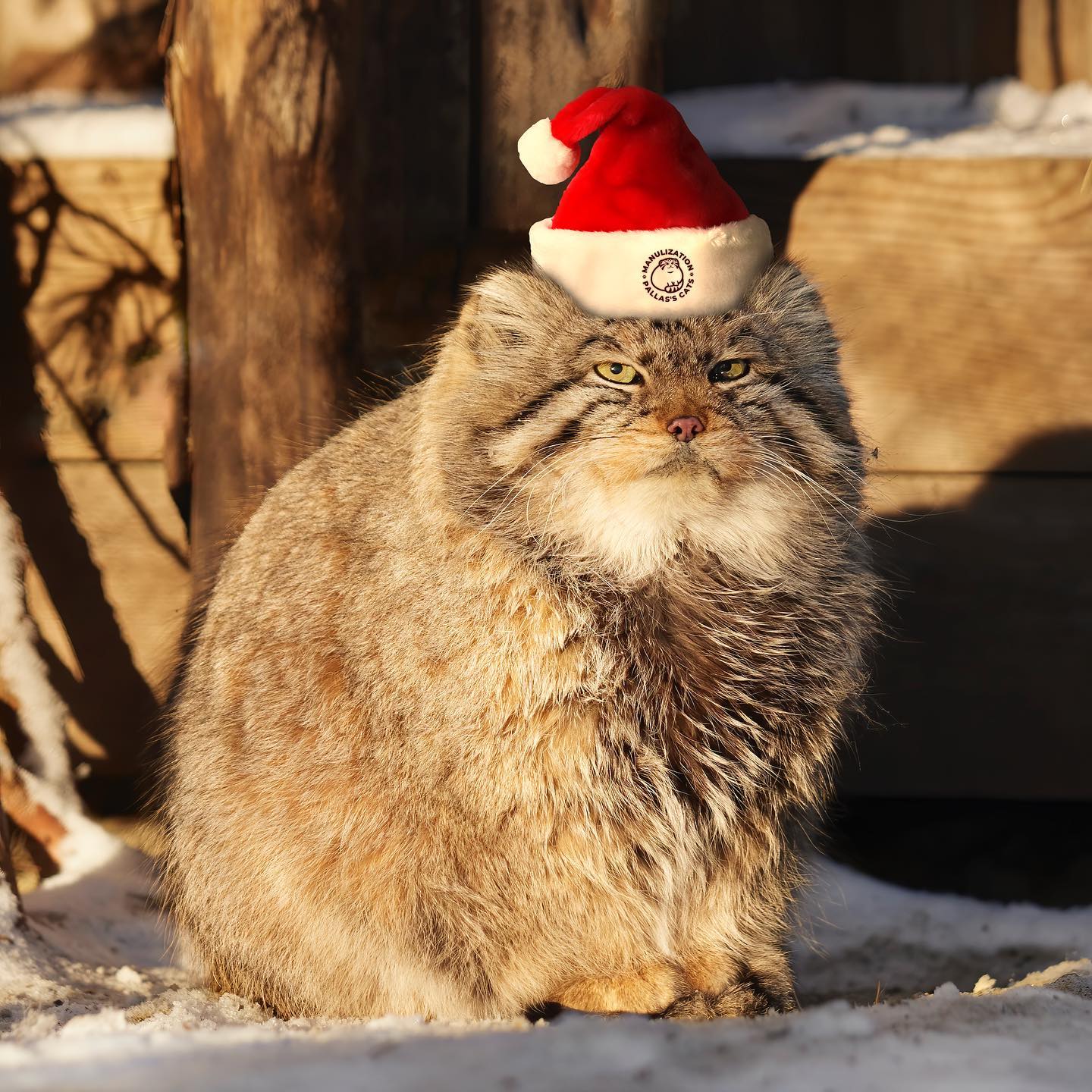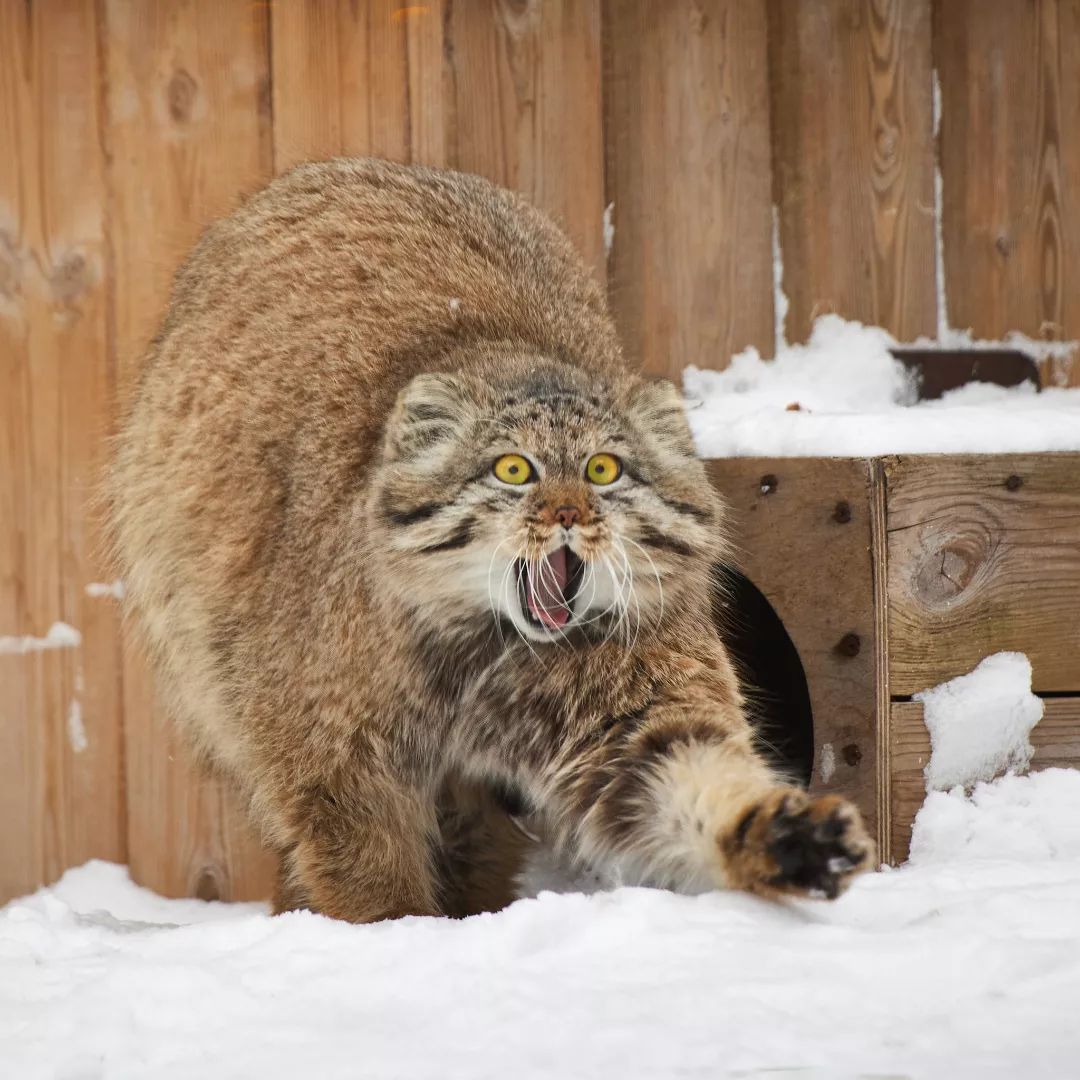Introduction
Nestled within the rugged landscapes of Central Asia, the Pallas cat, scientifically known as Otocolobus manul, emerges as a feline enigma, capturing the hearts of cat enthusiasts with its unique appearance and elusive nature. Join us on a journey to unravel the mysteries surrounding this remarkable wildcat, exploring its distinctive features, habitat, and the challenges it faces in its high-altitude abode.
Body
1. The Marvel of Adaptation: Unique Features of the Pallas Cat

The Pallas cat is a marvel of adaptation, perfectly suited to its harsh mountainous environment. With a stocky build, a distinctive rounded face, and a dense coat that serves as both insulation and camouflage, this feline has evolved to thrive in the extremes of temperature and terrain. Its large, expressive eyes add an element of intrigue, making the Pallas cat a visually captivating species.
2. The Altitude Abode: Habitat and Range of the Pallas Cat

Found at elevations ranging from 3,000 to 15,000 feet, the Pallas cat calls the high-altitude plateaus and rocky slopes of Central Asia home. This elusive feline occupies a vast range that includes countries such as Mongolia, China, India, and parts of the Middle East. Its ability to navigate the challenging terrains of these mountainous regions highlights the Pallas cat’s adaptability and resilience.
3. Solitude in Silence: The Pallas Cat’s Mysterious Behavior

Known for its solitary and elusive behavior, the Pallas cat is a master of stealth and silence. It navigates its rocky habitat with ease, using its keen senses to detect prey and avoid predators. This solitary nature is not a sign of aloofness but rather a survival strategy, allowing the Pallas cat to efficiently hunt and navigate the rugged landscapes without the constraints of a social group.
4. Conservation Challenges: Threats to the Pallas Cat Population

Despite its adaptability, the Pallas cat faces numerous threats that endanger its population. Habitat loss due to human activities, poaching for its distinctive fur, and conflicts with local communities pose significant challenges. Conservation efforts are crucial to ensure the survival of this elusive species, emphasizing the need for international collaboration and awareness to protect its mountainous abode.
5. A Call for Conservation: Preserving the Legacy of the Pallas Cat

Preserving the legacy of the Pallas cat requires concerted conservation efforts. Initiatives focused on habitat protection, community engagement, and raising awareness about the importance of this species in maintaining the ecological balance of its habitat are essential. By understanding and appreciating the Pallas cat’s role in its ecosystem, we can contribute to the conservation of this feline enigma for generations to come.
Conclusion
In the high-altitude realms of Central Asia, the Pallas cat stands as a testament to the wonders of nature and the delicate balance required for survival in challenging environments. By unraveling the mysteries surrounding this elusive feline, we gain not only a deeper appreciation for its unique features and behavior but also a sense of responsibility to ensure its continued existence in the wild.


